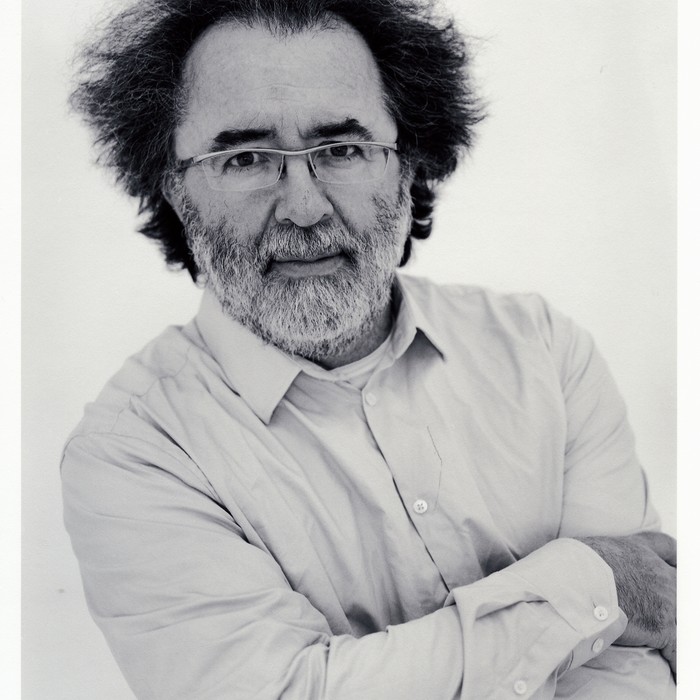
Visiting artist professor
2016 - 2017
Pascal Convert
Born in 1957 in Mont-de-Marsan (France)
Pascal Convert is a sculptor, video artist, historian and writer. Questions of memory and forgetting are at the heart of his work. He also teaches editing and is a director of the Biarritz art school. His video work oscillates between documentary and experimental. His reflections on history may take the form of sculptures (Le temps scellé, coll. ****Centre Pompidou, 2009), videos (Direct-Indirect I, II and III, 1998--2004, Histoire-Enfance, 2011) or texts (La constellation du lion, Editions Grasset, 2013). ****His current project articulates sculpture, photography and video around the shadows of the destroyed Bamiyan Buddhas.
Some may have thought that by choosing, at the turn of the 21st century, to write about an event so far and yet so near as the Second World War, and about heroes who died young like Joseph Epstein, [1] and by writing a biography [2] and making two documentaries [3] about Raymond Aubrac, that I had chosen to move away from or even leave the visual arts. Paradoxically, while I was taking this direction commentators were viewing my earlier work, the monumental wax sculptures inspired by famous press photos, [4] as an attempt to dissolve history "in a discourse indulging in compassion and ultimately aestheticizing the different faces of poverty, suffering and violence." [5]
After a short period of amnesia that led some to believe that with the end of the dictatorships came the end of History, the cruelty promised to the 21st century burst out in broad daylight, in the middle of the sky, on 11 September 2001. And, from Palmyra to the Bataclan, this cruelty has kept its promises, becoming crueller, more frightening and more obscene by the day.
On the occasion of the fifteenth anniversary of their destruction, I was asked by the French Embassy to think about an artistic project concerning the destruction of the giant Buddhas of Bamiyan on 11 March 2001. At the time the Western world did not fully grasp the significance of this event which, it is clear, was part of the chronology that led to the destruction of the two giant towers of New York, exactly six months later. Two giant Buddhas, two giant towers: caught up in the reflection between two pairs of twins, the viewer's consciousness is mesmerised, confined to an acute form of the present that is outside history. With the help of two companies -- Iconem and Cornis, I was able to set up an archaeological mission and collect more than 100,000 images that could be used to make a 3D model of the cliff. [6]
The Taliban thought they could destroy those giant statues but their shadow remains -- like in Hiroshima after the explosion of the atom bomb. The material of the thousands of images, the sequences filmed by aeroplanes and drones will serve to go deep into these shadows to recover our memory.
[[1]]Joseph Epstein, bon pour la légende, Paris : Séguier, 2007. [[2]]Raymond Aubrac, Résister, Reconstruire, Transmettre, Paris : Seuil, 2011. [[3]]Production by Les films d'ici for France Télévisions. [[4]]La Pietà du Kosovo, La Madone de Bentalha and La Mort de Mohamed Al Dura à Gaza, Coll. MUDAM, Luxembourg. [[5]]Alice Laguarda, "Art et politique. Reconquérir usage et experience," in Art, participation et démocratie, Emulations no. 9, 2011. [[6]]This 3D model will be donated to the Afghan government and can be used by the scientific community (archaeologists).

